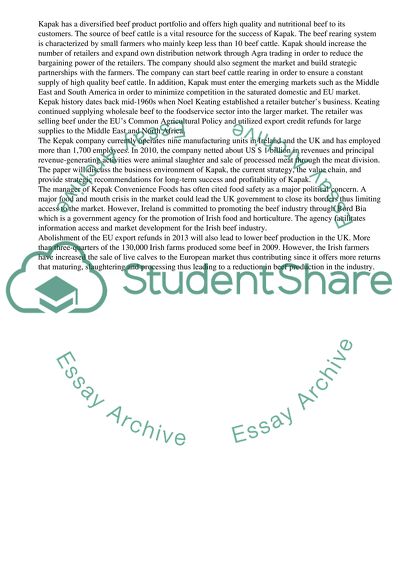Cite this document
(“Strategic management Essay Example | Topics and Well Written Essays - 2000 words - 5”, n.d.)
Strategic management Essay Example | Topics and Well Written Essays - 2000 words - 5. Retrieved from https://studentshare.org/business/1474169-strategic-management
Strategic management Essay Example | Topics and Well Written Essays - 2000 words - 5. Retrieved from https://studentshare.org/business/1474169-strategic-management
(Strategic Management Essay Example | Topics and Well Written Essays - 2000 Words - 5)
Strategic Management Essay Example | Topics and Well Written Essays - 2000 Words - 5. https://studentshare.org/business/1474169-strategic-management.
Strategic Management Essay Example | Topics and Well Written Essays - 2000 Words - 5. https://studentshare.org/business/1474169-strategic-management.
“Strategic Management Essay Example | Topics and Well Written Essays - 2000 Words - 5”, n.d. https://studentshare.org/business/1474169-strategic-management.


